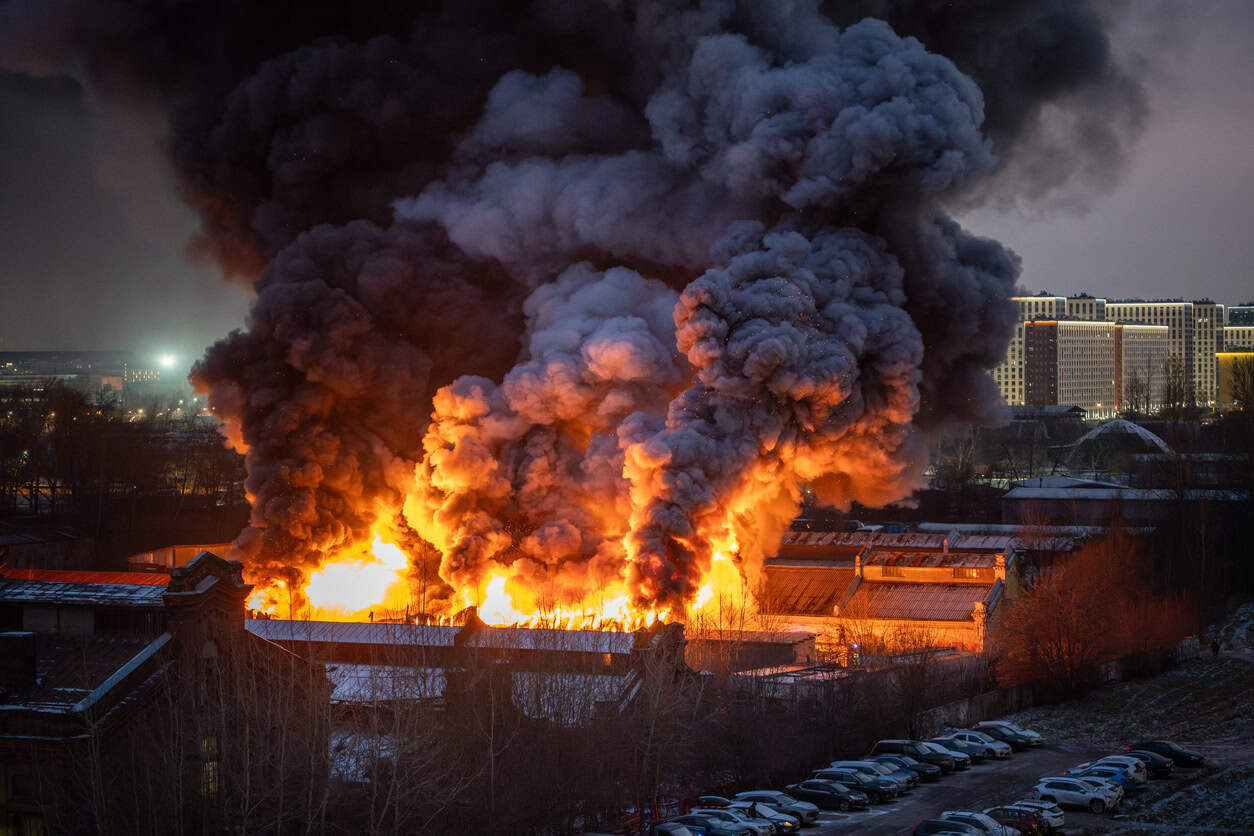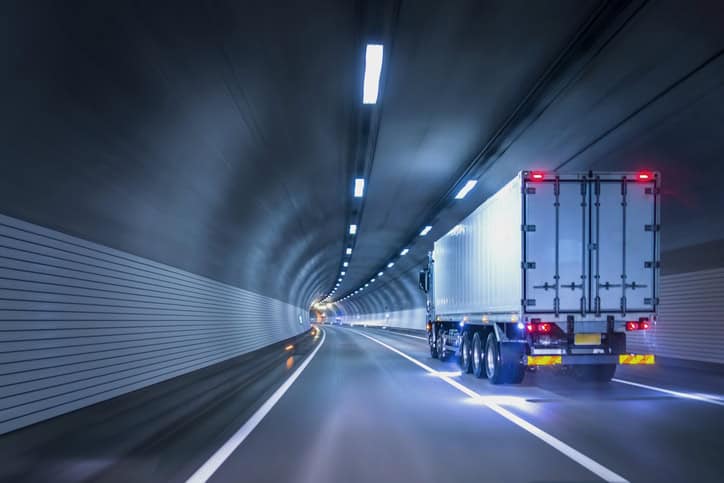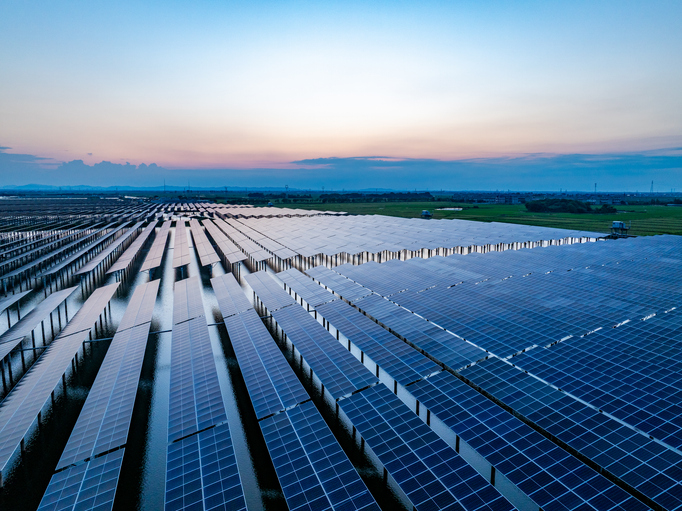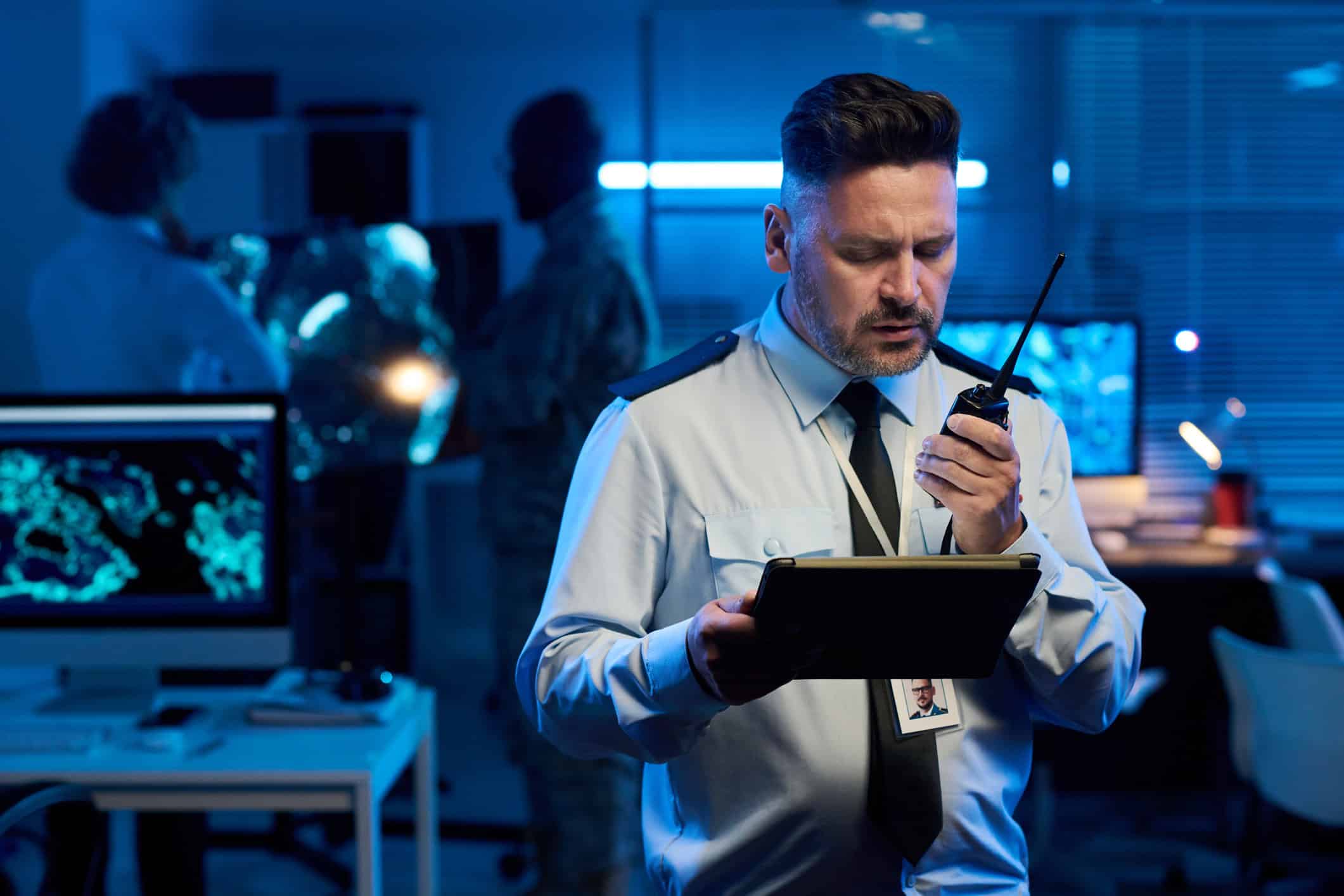Perimeter security is entering a new era, one defined by more sophisticated intrusions, faster attack cycles, and an increasingly complex mix of physical and cyber-physical threats. Traditional sensors, once suitable for simple perimeter breaches, are now struggling to keep pace with the changing landscape.
For operators of critical infrastructure, energy networks, transportation corridors, industrial sites and high-value commercial assets, the central question is becoming unavoidable:
Will legacy systems withstand the perimeter breaches of the future?
For many, the honest answer is no. Not without a shift toward continuous, intelligent, software-driven sensing. Distributed Acoustic Sensing (DAS) is rapidly emerging as the technology capable of delivering that shift.
The changing threat picture
The nature of perimeter breaches is evolving rapidly. Attackers today are better prepared, better equipped, and more coordinated. High-risk sites face threats such as:
- Coordinated multi-point intrusions designed to overwhelm simple threshold alarms
- Cutting, climbing and digging attempts using powered tools that shorten breach times to seconds
- Vehicle-borne incursions that give security teams little time to react
- Use of drones and remote methods to probe vulnerabilities or interfere with sensors
- Cyber-physical tactics, where attackers attempt to confuse or bypass outdated detection devices
Facilities with long, remote or unmanned perimeters, such as pipelines, rail corridors, substations, airports, and chemical plants, face amplified risks. Distance delays response. Environmental noise masks threats. Sparse sensors leave gaps.
And with regulatory expectations rising globally, site operators require more than simple intrusion alarms. They need systems that provide context, classification, and precise location data, instantly.
Why legacy systems are falling behind
Many legacy perimeter security systems were designed for an era when threats were simpler, slower and more predictable. These systems typically rely on point-based sensors installed at intervals along the perimeter. The result is an array of isolated detection points separated by blind spots, meaning large sections of the boundary may go unmonitored. Traditional sensors also tend to depend on basic threshold alarms, a limited form of detection that can struggle to differentiate between genuine intrusion events and environmental noise from wind, wildlife or nearby activity.
Because older systems require many individual devices, they also demand more maintenance, servicing and calibration over time. This introduces higher operational costs and increases the likelihood of device failures that may go unnoticed until critical protection is lost. Scaling these systems across long perimeters or multiple sites often becomes costly and impractical, leaving operators to compromise on coverage or accept increased risk. As threat techniques evolve, and as perimeter breaches become faster and more coordinated, legacy hardware simply cannot provide the responsiveness, context or accuracy required to protect today’s high-value assets.
What DAS brings to modern perimeter security
Distributed Acoustic Sensing fundamentally changes the way perimeters are monitored by turning a standard optical fiber into a continuous line of thousands of virtual sensors. Instead of relying on isolated points, DAS monitors every metre of the perimeter in real time. This means there are no gaps, no blind zones and no reliance on large clusters of field devices that require constant maintenance.
DAS provides highly sensitive detection and precise location accuracy, enabling operators to identify cutting, climbing, digging, vehicle movement and other intrusion activities with exceptional clarity. Unlike legacy systems, DAS applies advanced classification algorithms to distinguish between genuine threats and harmless environmental activity. This dramatically reduces false alarms and enables security teams to operate with far greater confidence.
Fiber optic cable contains no power or electronics along its length, DAS is naturally resistant to tampering, EMI and harsh environmental conditions. And thanks to its digital architecture, it integrates seamlessly with SCADA, alarm panels, VMS platforms and automated camera cueing. The result is a modern, software-driven detection layer that enhances situational awareness without adding operational burden.
Bandweaver DAS solutions – tailored for modern threats
Bandweaver offers a suite of DAS-based perimeter solutions that collectively address the wide variety of environments encountered across critical infrastructure and high-security sites. The Horizon DAS platform provides long-range, high-sensitivity detection ideal for buried or above-ground applications along pipelines, railways and extended boundaries. FenceSentry delivers highly accurate fence-mounted detection for sites where direct perimeter interaction, such as cutting or climbing, poses the greatest risk. ZoneSentry provides precise monitoring for walls, rigid boundaries and structural assets. DualSentry combines above-ground and below-ground sensing in a single deployment for facilities requiring both overt and covert protection.
Each system leverages Bandweaver’s advanced signal processing, reliable fiber optic infrastructure and seamless integration capabilities. Together, they form a cohesive portfolio capable of protecting everything from small commercial sites to large, complex national infrastructure networks.
Real-world application examples
Across a range of environments, Bandweaver’s DAS technology has proven its ability to deliver early, accurate detection where legacy systems fall short. On long, linear infrastructure such as pipelines and rail corridors, DAS enables operators to monitor digging, vehicle movement, ground activity and proximity threats continuously along the entire route. In industrial and commercial facilities, fence-mounted systems provide real-time detection of cutting, climbing or lifting attempts, automatically cueing cameras and enabling rapid verification. High-security compounds benefit from wall and structure monitoring capable of detecting drilling or impact activity before a breach becomes visible. For facilities requiring covert defence, combined above- and below-ground systems offer simultaneous detection of surface intrusions and tunnelling activity, ensuring that no part of the perimeter is left exposed. These real-world applications demonstrate how DAS adapts to diverse operational contexts while maintaining consistent, high-resolution awareness.
Integration and the software layer, the real futureproofing
Modern perimeter protection depends on more than hardware. The intelligence layer is where long-term resilience and futureproofing are achieved. Bandweaver’s MaxView platform provides a unified operating picture that brings together DAS alarms, CCTV feeds, access control events, SCADA data and environmental sensors. With geospatial mapping, event overlays and automated PTZ camera cueing, operators gain instant situational awareness. Software-driven systems like MaxView can also be updated with new algorithms, enhanced detection profiles and remote tuning capabilities, ensuring the solution evolves as threats evolve.
Operational and commercial advantages
Upgrading from legacy sensors to DAS delivers measurable operational and financial value. Detection becomes faster and more accurate, allowing teams to locate threats with precision and respond before a breach escalates. Reduced false alarms minimise operator fatigue and allow staff to focus on genuine risks rather than constant nuisance events. With fewer field devices and no electronics on the perimeter, maintenance requirements decrease significantly, lowering the total cost of ownership. DAS also provides scalability that traditional systems cannot achieve, allowing operators to secure long or complex perimeters without deploying thousands of individual sensors. Combine this with the long service life of fiber optic cable and the flexibility of software-driven improvements, and DAS quickly becomes the most cost-effective and future-resilient perimeter monitoring strategy available.
The future needs continuous, intelligent detection
The threat landscape is changing too quickly for legacy perimeter systems to keep pace. Modern attackers exploit gaps, speed and stealth, and outdated sensors simply weren’t built for these challenges. Bandweaver’s DAS solutions represent the next generation of perimeter security: continuous, intelligent, scalable and integrated.
If your organisation is reassessing perimeter risks, planning upgrades or looking to futureproof high-value assets, now is the time to evaluate your detection technology.
Legacy systems may not withstand the breaches of the future, but DAS will, click here to find out more.













